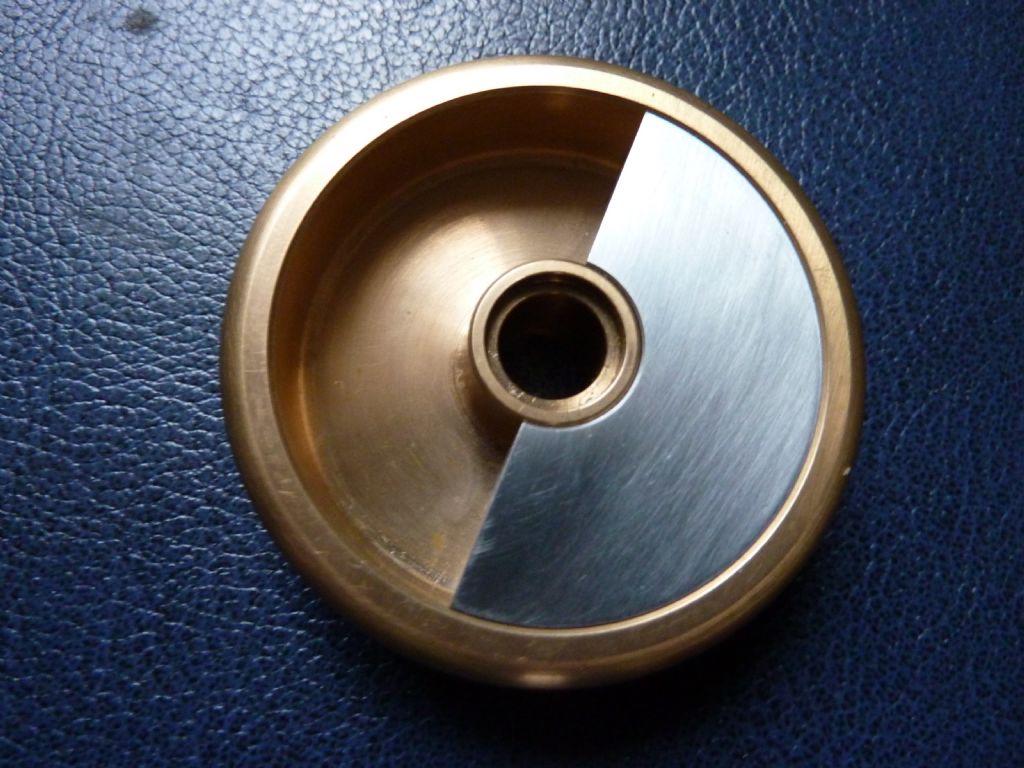You can't actually perfectly balance a single cylinder with balance weights, unless you add extra geared balance shafts. So what is done in practice is that you balance all the rotating mass, and a proportion of the reciprocating mass. What that proportion should be is determined by experience, and typically for single cylinder motorcycles would be about 60% So you weight the piston, gudgeon pin and the small end of the connecting rod, and also the crosshead and piston rod for a steam engine, and make up a mass that weighs say 60% of that. hang that off the crankpin and set up the balance weights to balance that.
Practically speaking, you are likely to find that it is difficult to get enough balance weight even to give a 60% balance factor on the reciprocating masses. In practice, it does not seem to be very important to balance small steam engines. Speeds are generally low, and vibration does not seem to be a big problem. I did make some attempt with my steam launch engine, but even with half circle balance weights on all the crank webs the reciprocating mass is mostly unbalanced. Even so, that engine will happily run at 600rpm while not bolted down, without trying to walk around.
Balance is much more serious on full size locos, but they are up against the same sort of problems. A two cylinder loco is really a pair of singles, since the two crank are at 90 degrees, and well out of line with each other, so they can't easily be used to balance each other. So it is reasonably easy to balance the rotating masses, but hard to balance the reciprocating ones.
What happens when you try to balance a reciprocating mass with a rotating balance weight is that you change some of the out of balance force to a plane at right angles to the cylinder axis.
John
John Olsen.





